Here’s who Miyamoto’s successor at the reins of The Legend of Zelda is: the game design master we’re talking about today is Eiji Aonuma
We talked to many experts about game design so far, and after Hideo Kojima, Hironobu Sakaguchi, Goichi Suda and Hidetaka Miyazaki it is time to return to a figure more associated with Nintendo, such as Shigeru Miyamoto, Yoshiaki Koizumi, Masahiro Sakurai and (by extension) Hideki Kamiya: that of Eiji Aonuma. Our timing, we have to admit, could be better: after all, the titles edited by him are not particularly frequent in their releases. Let’s talk about the series The Legend of Zelda, which usually tends to have quite long gestation periods. Well yes: this time we will talk practically only about Link and company. The association with a single IP can make someone turn up their noses, but Aonuma remains a fundamental figure for the Big N.
Link’s Awakening | Game design school with Eiji Aonuma
Born on March 16, 1963 in Nagano Prefecture, Chūbu Region, Eiji Aonuma graduated from Tokyo University of Music and Fine Arts in 1988, long before he became interested in game design. His fascination since his childhood has been mechanical puppets karakuriand then expand their horizons with the modeling. A hereditary passion: both grandfather and uncle were carpenters. When schoolwork was part of his interest, Aonuma took the opportunity to propose his creations. His inspiration allowed the future game designer to create his own toys, and in the years to come to make his way through the university to reach Nintendo. During an exhibition, speaking with members of the gaming industry, he learned that Yoichi Kotabeafter working on the Heidi anime, later illustrated the Japanese cover of Super Mario Bros.: so Aonuma got Kotabe his business card, who in turn recommended the young talent to Miyamoto himself.
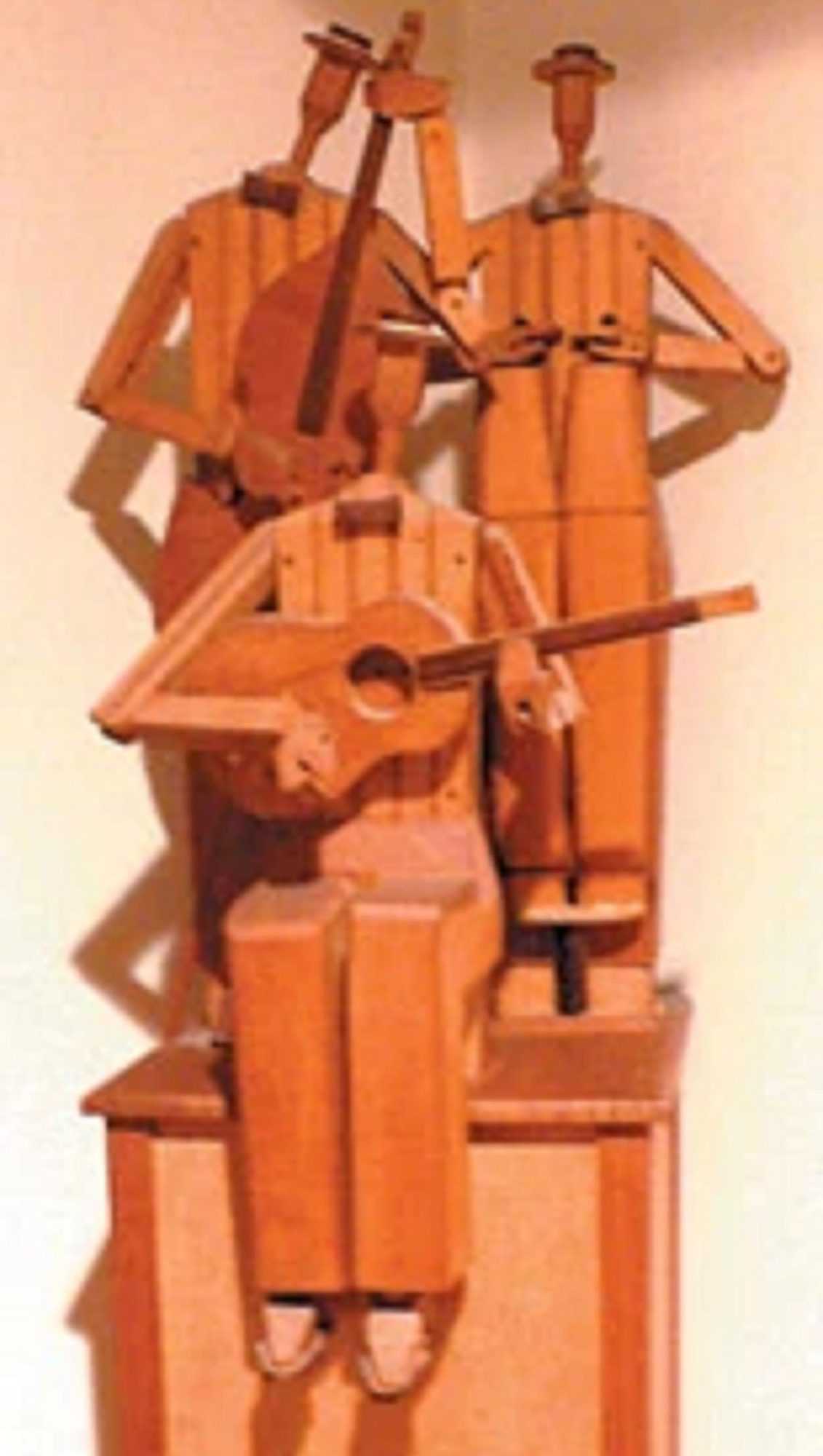
Wonderful treasures (but copyright fakes) | Game design school with Eiji Aonuma
Aonuma’s interest in video games was marginal: Ironically, the future boatswain of the series never completed the first The Legend of Zelda. Fortunately for him, however, Miyamoto was instead much more interested in modeling, which is why the interview went more than well. Aonuma’s first role was as a graphic designer with NES Open Tournament Golf. To better enter the gaming perspective, he got help from his girlfriend, who introduced him to two games. One was the first Dragon Quest, and the other a PC port of Portopia: Serial Murder Case. Yeah, the same one we talked about with Kojima! Over time, Aonuma has enjoyed video games more and more, also working with HAL Laboratory (on a still unreleased game, created with the late Satoru Iwata). The first title openly conceived by the game designer was Marvelous: Another Treasure Island, inspired by The Legend of Zelda: A Link to the Past. The SNES chapter in question was able to conquer Aonuma the most. When they say that the third time is the right one!
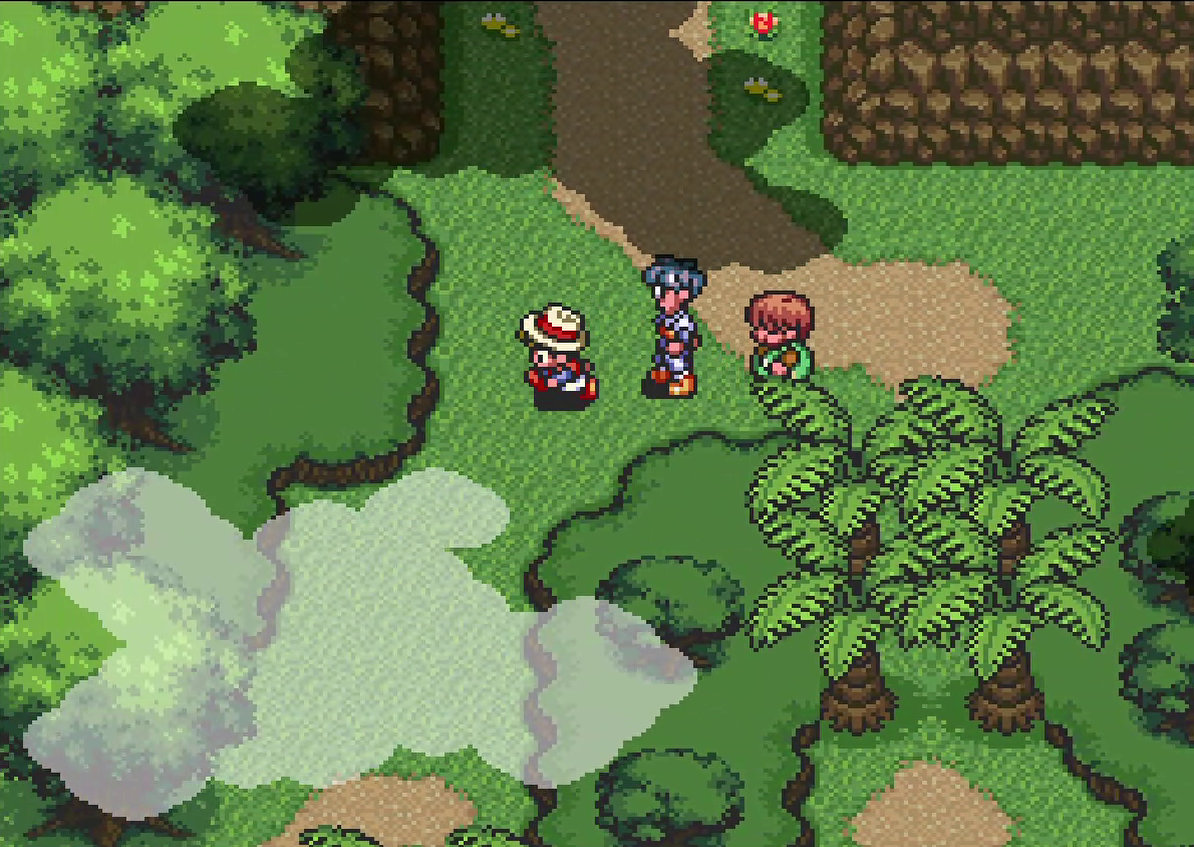
You know you’ve made a splash if you impress Miyamoto | Game design school with Eiji Aonuma
We said, speaking of Miyamoto, that playing interests him less than creating video games. But we also talked about kyokan, and how the mainstay of Nintendo uses his own appreciation of his own creations as a yardstick. Well, Miyamoto tried Marvelous: Another Treasure Island with his hands. The verdict? It is soon said: immediate involvement of Aonuma for the next Zelda! And not just any, but The Legend of Zelda: Ocarina of Time, for which the game designer worked on the dungeon structure. The directorial debut was with Majora’s Mask, contrasting with a pinch of humor the gloomy setting desired by Yoshiaki Koizumi. Continuing, the designer took care of the post-apocalyptic (but despite this still remembered for the artistic style at the opposite extreme) The Wind Waker for GameCubes. Exhausted with the latter’s development and promotional process, Aonuma asked to step down as director. Miyamoto promoted him to producer, under the condition that he supervise the series.
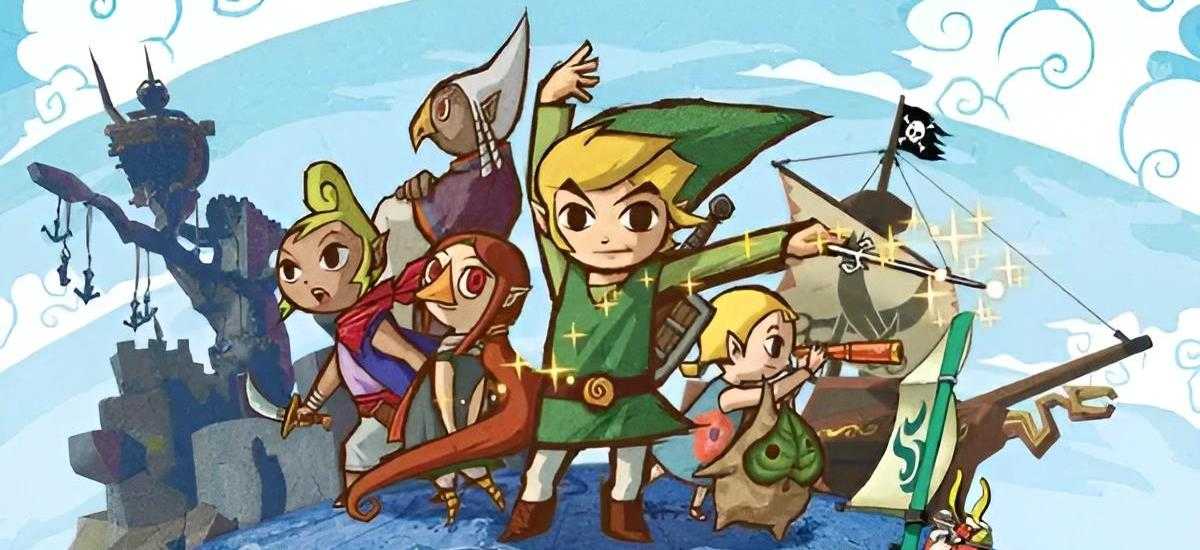
Next Titles, Favorite Games & Lost Episodes | Game design school with Eiji Aonuma
Despite his supervisory role, Eiji Aonuma assisted in the development of Link’s Crossbow Training for Wii: A rail shooter set in the world of Twilight Princess and bundled with the Wii Zapper peripheral. Later, Aonuma produced The Legend of Zelda: Skyward Sword for Wii and The Legend of Zelda: A Link Between Worlds for Nintendo 3DS. The latter is still being considered the apex of the formula with top view. The development of Breath of the Wild for Wii U was so troubled that it dragged on until the launch of the Nintendo Switch, thus creating a parallelism with the aforementioned The Legend of Zelda: Twilight Princess (released on GameCube and Wii). His favorite Zelda is Phantom Hourglass for Nintendo DS, proposed by himself. As for the canon of the saga, to which the series openly alludes from Ocarina of Time, Aonuma does not include the apocryphal episodes for Philips CD-i. The sole redemption of the trilogy of horrors (“YouTube Poop” permitting) is the spiritual successor Arzette: The Jewel of Faramore, recently announced by Limited Run Games.
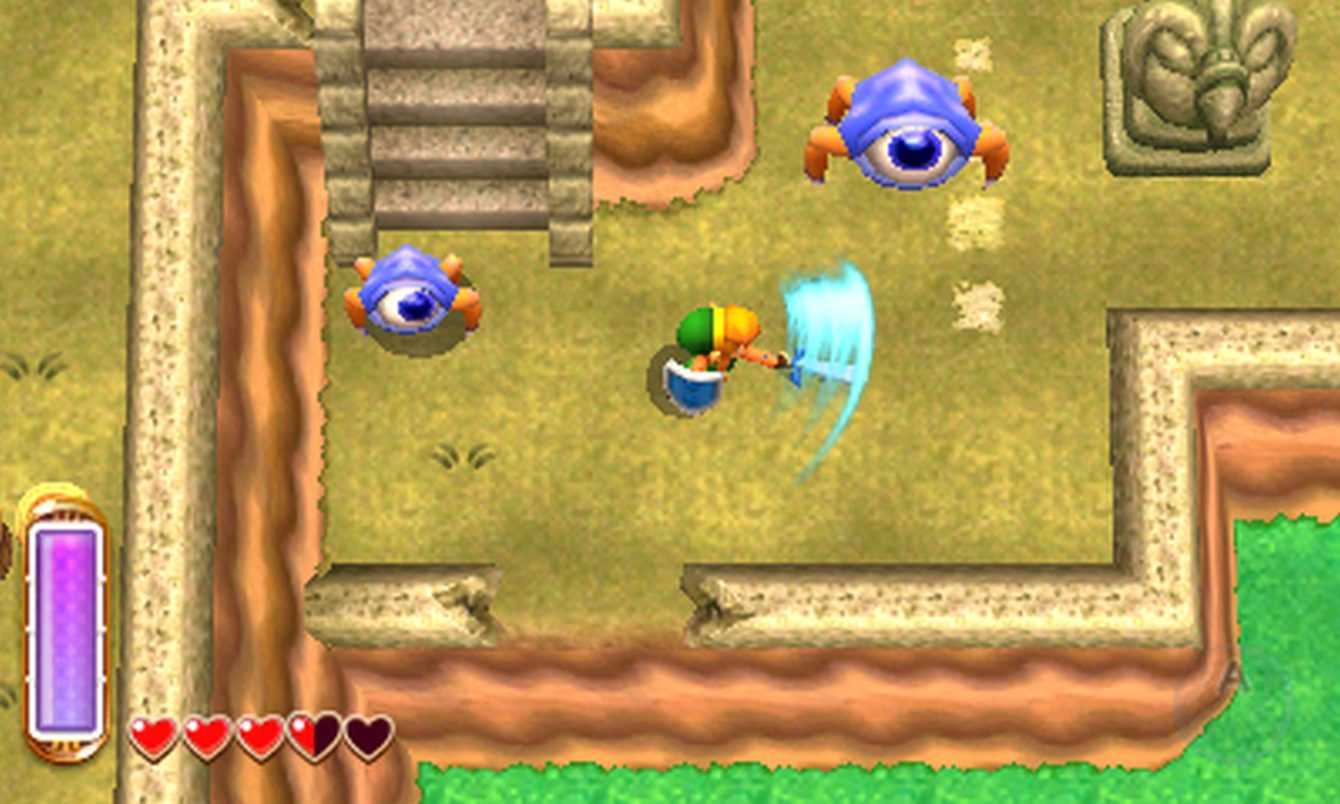
Structural philosophy and influences | Game design school with Eiji Aonuma
Lo stile of Aonuma has always pushed for a more open design long before reaching the open world proper with Breath of the Wild. With the creative debut in the series in the transitional phase of the videogame medium towards more cinematic experiences, the game designer has fully welcomed the abandonment of linearity (as seen in A Link Between Worlds, with dungeons to be tackled in any order). Aonuma combines to the already present coexistence between exploration and puzzles other elements such as a more focused combat systemaction. The art style of The Legend of Zelda aims to connect the audience with the game world even more than the protagonist, literally called Link for this same reason. As for the majors artistic influencesAonuma quoted the animation director and founder of Studio Ghibli Hayao Miyazaki (not to be confused with last week’s game designer) as his personal muse. Miyazaki’s more action-packed films are his favorites.
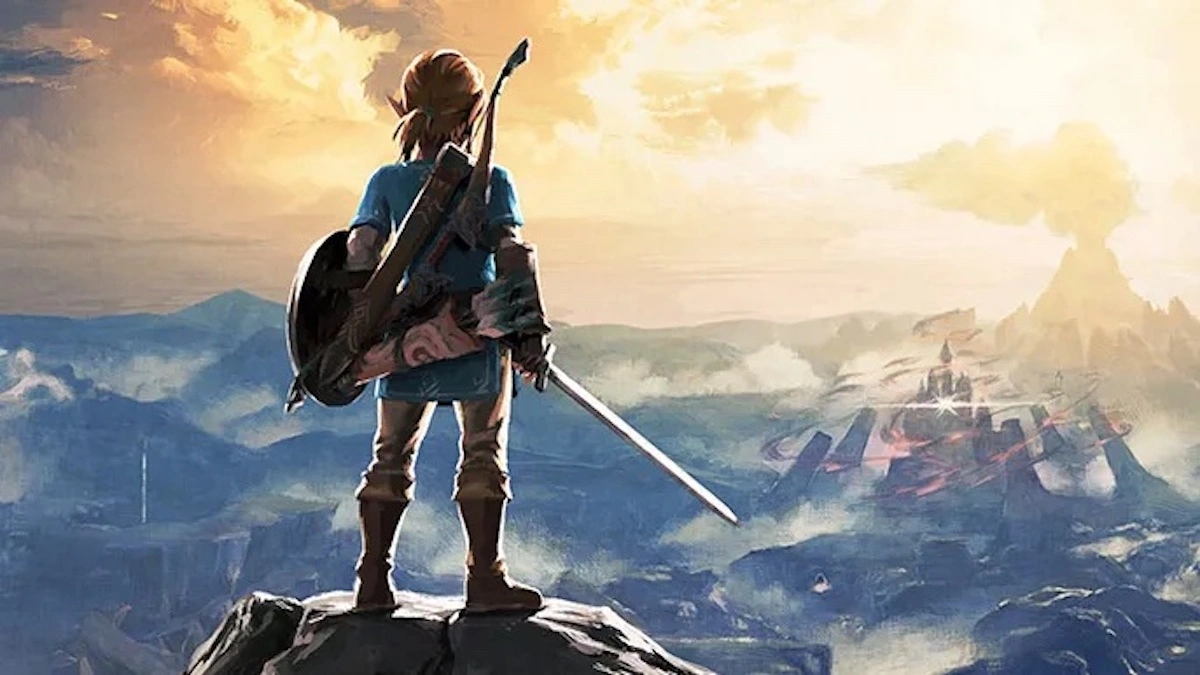
Recurring Items | Game design school with Eiji Aonuma
In an interview, Aonuma stated that the one of the tsundere it is among his favorite archetypes. In other words, the “hard outside and soft inside” female (or, rarely, male) character often appears in the saga, from Ruto from Ocarina of Time to Taya from Majora’s Mask, via Egeyo from The Minish Cap, Dazel from The Wind Waker, Midna from Twilight Princess and Linebeck from Phantom Hourglass. As we said, since its debut in the series the continuity he took on a bigger role in the storyline. The antagonists moreover they are always in contrast to each other in their characteristics. We have a calculator in Ocarina of Time, an evil and chaotic artifact in Majora’s Mask, a tragic figure in The Wind Waker, a whimsical demon in Skyward Sword. No villain is ever the same in two games in a row under Aonuma’s supervision. From Ocarina of Time onwards, medieval fantasy leaves more room for fictional counterparts from other culturessuch as the Middle Eastern-inspired Gerudo, as well as a technologies unthinkable in a fantasy.
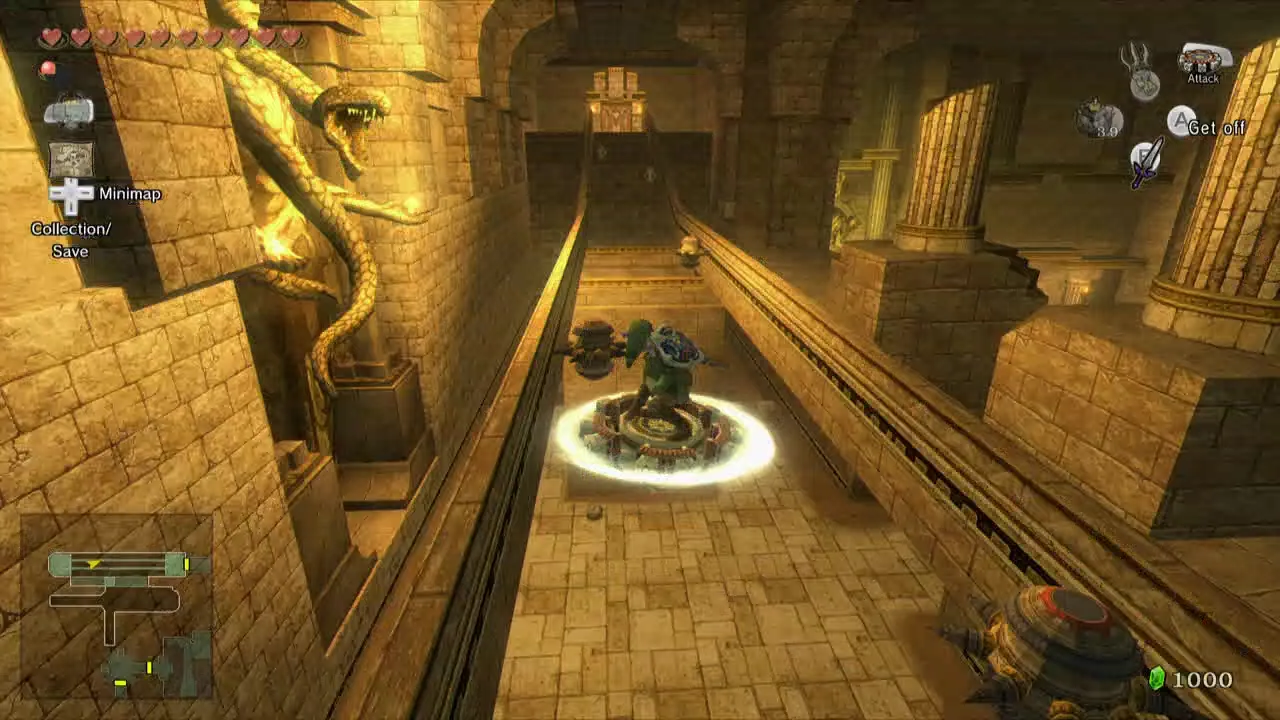
“Damn, the West won”
Entering the world of game design as an outsider more than many other examples seen so far, Eiji Aonuma has revolutionized a series with a very particular context. Compared to other Nintendo series, The Legend of Zelda shares a much more pronounced fame and appeal with Metroid West that in the east. And in this column, on his penultimate appointment now that August is drawing to a close, we want to wink at gaming outside of Japan as Aonuma did, openly inspired by Red Dead Redemption 2 in the design of Tears of the Kingdom. Our appointments may have turned out to be somewhat monothematic in their Japan-philia (and the day after tomorrow will be no exception), but with this ninth episode we wanted to recognize Western influence on gaming philosophy in the Land of the Rising Sun. The border lines between the two worlds, if ever there have been as long as we talk about video games, are blurred as never before, exalting an ideological partnership that can lead to nothing but a bright future for our medium.
Now it’s up to you to have your say: who will win episode number 10? Let us know below, and as always, don’t forget to stay on techgameworld.com for all the most important news for gamers and more. For your purely gaming needs, you can instead find the best discounts in digital format on Kinguin.







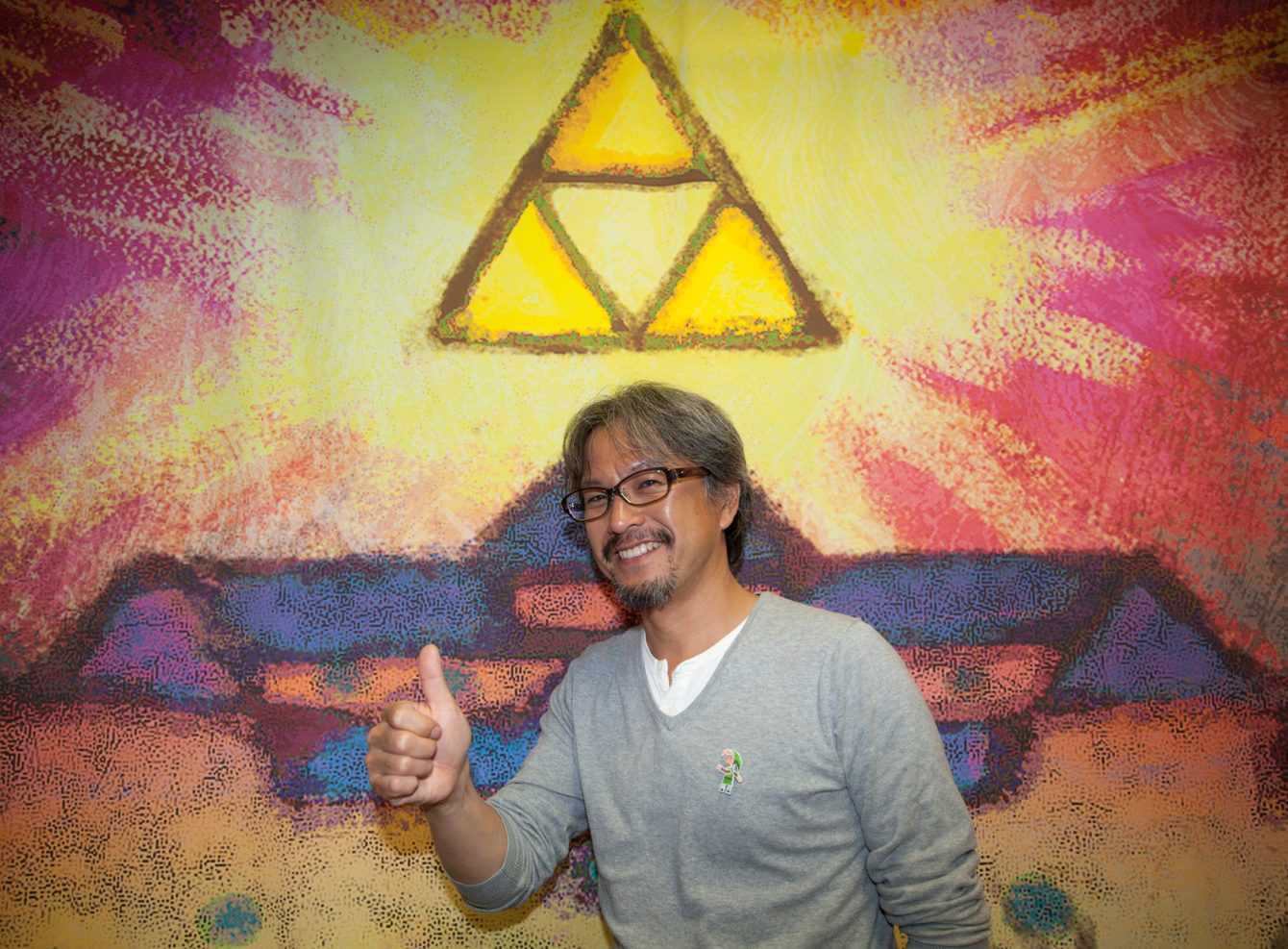





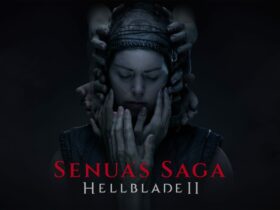

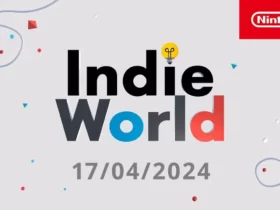
Leave a Reply
View Comments